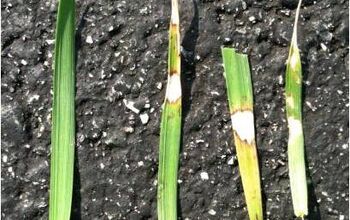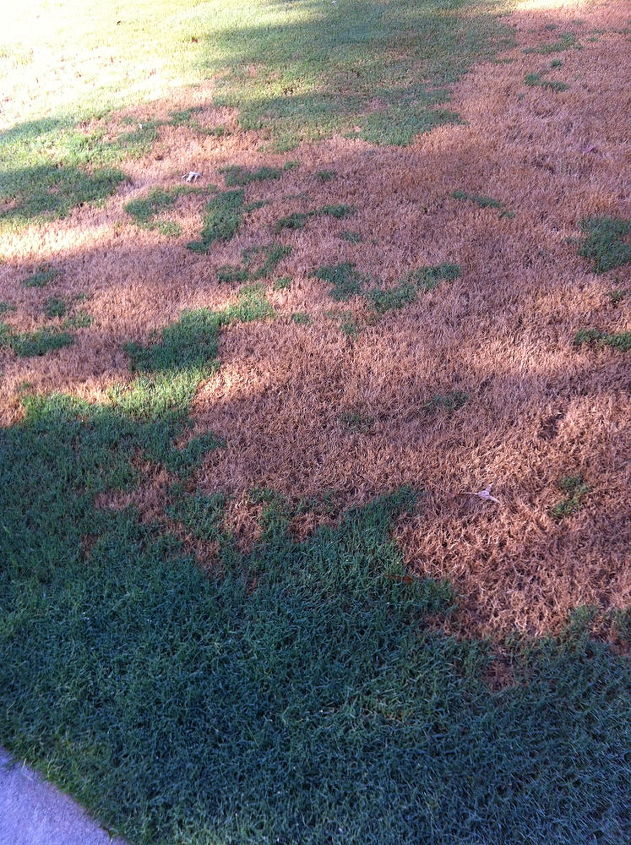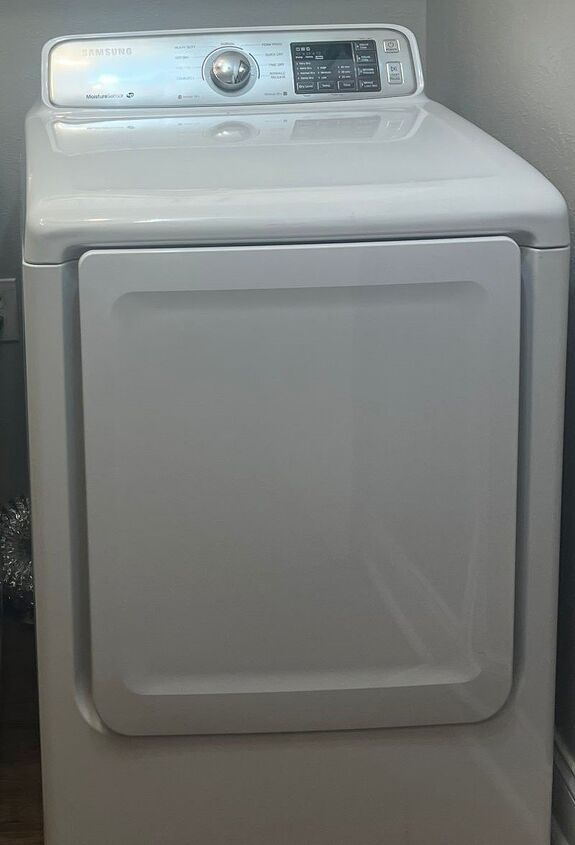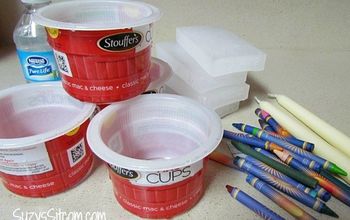Is this brown patch?

-
Look at the grass blades where the dead meets the green. On the grass blades, there will be an hour glass dead area. You need to know what color the bands are at the top and bottom. If they are brown bands, then it is Brown Patch. What You Need To Know About Brown Patch The symptoms of brown patch appear as roughly circular patches that are brown, tan, or yellow in color and range from 6" to several feet in diameter. The affected leaves typically remain upright, and lesions are evident on the leaves that are tan in color and irregular in shape with a dark brown border. When the leaves are wet or humidity is high, small amounts of gray cottony growth, called mycelium, may be seen growing amongst affected leaves. Brown patch is most severe during extended periods of hot, humid weather. The disease can begin to develop when night temperatures exceed 60°F, but it is most severe when low and high temperatures are above 70°F and 90°F, respectively. Poor soil drainage, lack of air movement, shade, cloudy weather, dew, over-watering, and watering in late afternoon favor prolonged leaf wetness and increased disease severity. Controlling Brown Patch Fungicides are effective for brown patch control, and can be applied on a preventative or curative basis. Curative applications may not be effective during periods of hot weather because the cool-season grasses are growing slowly and are unable to recover from the damage under these conditions. Consider a preventive fungicide program for Tall Fescue when conditions favor disease development. For best results, preventative applications should be initiated in the late spring or early summer when night temperatures consistently exceed 60°F. Investment in a fungicide program is essential to the health of your lawn here in the transition zone. This will keep the lawn healthy through the summer months and give you a great green up in the fall. This will improve the overall health and look of your property. Fungicide treatments are applied monthly throughout the summer.
 TJB-INC Landscape Contractor
on Aug 30, 2012
TJB-INC Landscape Contractor
on Aug 30, 2012
 Helpful Reply
Helpful Reply -
-
great info and fine examples.
 Marg C
on Aug 31, 2012
Helpful Reply
Marg C
on Aug 31, 2012
Helpful Reply -
-
Here are Georgia Gardener and Hometalk member Walter Reeves' strategies for diagnosing and dealing with brown patch: http://www.walterreeves.com/lawn-care/brown-patch-diagnosing/
 Douglas Hunt
on Aug 31, 2012
Helpful Reply
Douglas Hunt
on Aug 31, 2012
Helpful Reply -
-
If Walter does not have an answer, the situation is indeed dire! Good luck.
 Jeanette S
on Aug 31, 2012
Helpful Reply
Jeanette S
on Aug 31, 2012
Helpful Reply -
-
Before tearing up your lawn try a lawn fungicide type spray and then a couple weeks later soak it with Miracle Grow. In Reno Nv. we have similar looking spots and this has worked for me.
 Donna
on Aug 31, 2012
Helpful Reply
Donna
on Aug 31, 2012
Helpful Reply -
-
sounds like a plan Donna. A much cheaper fix than tearing up a whole lawn.
 Marg C
on Sep 03, 2012
Helpful Reply
Marg C
on Sep 03, 2012
Helpful Reply -
-
Fungus comes from moist conditions and hot weather which will be changing soon. Fungicides at this point are not really necessary. Better to overseed the area with new seed and let it grow back in. Next year, keep an eye on the area and treat with a fungicide as soon as you see the start of the spots.
 TJB-INC Landscape Contractor
on Sep 04, 2012
Helpful Reply
TJB-INC Landscape Contractor
on Sep 04, 2012
Helpful Reply -
-
Ironite and shots bonus s and water.
 Bj
on Aug 06, 2016
Helpful Reply
Bj
on Aug 06, 2016
Helpful Reply -
Related Discussions
Would you rather wash and fold laundry or clean the dishes?
Given the choice, would you prefer washing the dishes or doing laundry? Share your preferences and insights!
Need help picking a paint color to match my tile
The tile is gray/white with a hint of beige and looks like wood.The kitchen counters are Baltic beige and cabinets are dark wood as well
How is it really spelled?
Hi, I may be way off base, and if so, I apologize in advance, but I have heard many references to "Fir", the type of wood, with regards to kitchen walls and soffits, ... See more
Why does my oven smell when turned on?
Hi all,Lately, my oven emits an unpleasant smell whenever I turn it on. The kitchen then smells and the foul odor lingers, it's very frustrating.I'm sure I'm not alon... See more
How do I fix a broken metal hanging rod in my closet
I have a broken shelf hanging rod in my closet I tried gluing And taping it and nothing worked I need help and also the shelf is slightly bent
How to find out the value of antique furniture
My husband and I are looking to sell his grandmother's dining room set but, we have no idea what to ask for it. We could not find any markings as to who made it, all ... See more
How can I lighten my dark stained deck, or even paint parts white?
The previous owners used an oil-based, semi-transparent, dark walnut brown stain on the deck they built. I want to lighten up the area, perhaps even paint the deck c... See more






